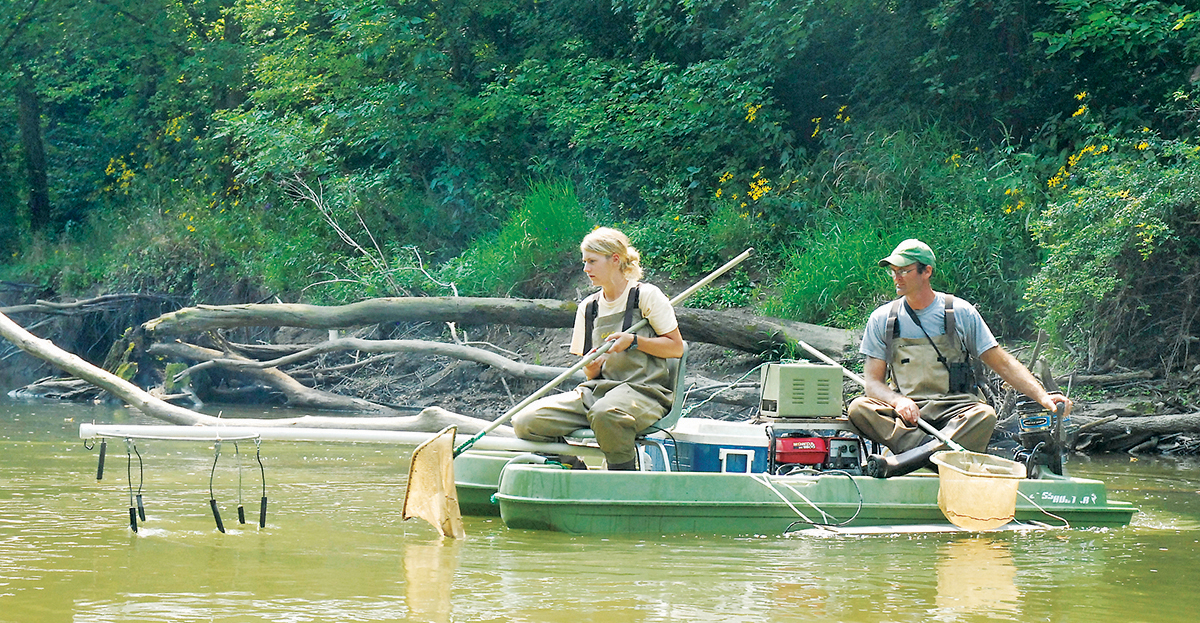CARRIE MORROW
Assistant Resource Manager
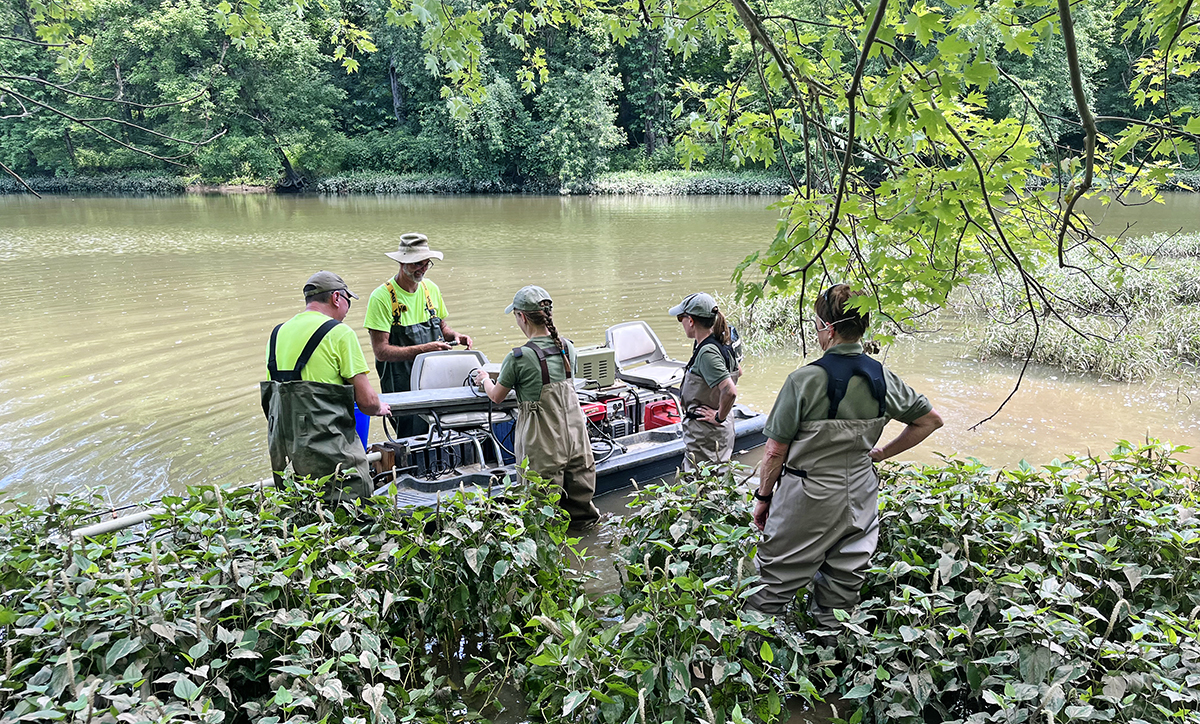
Metro Parks Resource Management staff are responsible for managing the natural resources of the parks. In order to do that, we need to know what is living in our parks, fields and streams. We utilize many survey techniques to search out and document the plants and animals that call Metro Parks home. Park naturalists get that information to our park visitors through programs, activities and nature center displays and exhibits.
At Battelle Darby Creek Metro Park, we have one of the most unique exhibits that provides a window on Big Darby Creek — the living stream! The living stream is a 53-foot cascading aquarium that houses plants and animals from the Big and Little Darby creeks. Fish, turtles, mussels and even the very creek water itself is regularly added to the living stream. This is done on a rotational schedule so that the animals only live in the nature center stream temporarily and are returned to the wild eventually. Visitors can always experience something new each time they visit.
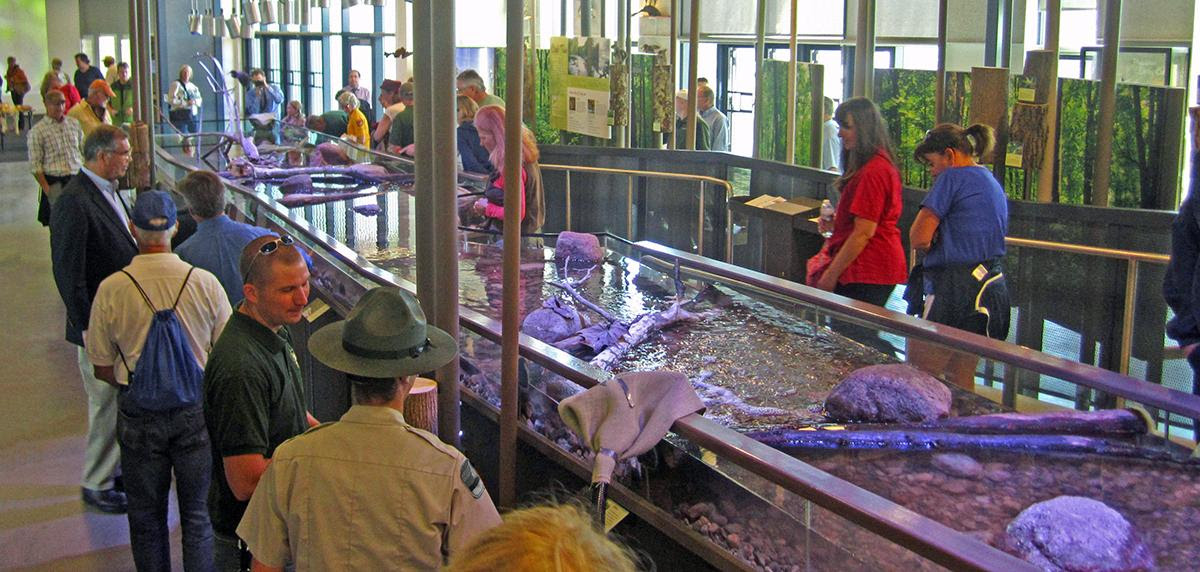
Several times a year, naturalists from Battelle Darby Creek and the Resource Management team collect fish, mussels and other creatures for the displays at the nature center. Seine nests help collect smaller fish, including darters and shiners, from riffles and shallow creek habitat. To collect the larger fish that you will find in the lower pool of the living stream — which includes red horses, bass and gar — we utilize a boat with an electroshock unit. The shocking equipment is turned to a level that temporarily stuns fish and allows us to net them out of the creek and transport them to their new habitat in the nature center.

The living stream is an important resource to educate people about what is living in our streams and rivers and the importance of good stewardship. While we are collecting animals we are also paying attention and documenting quantities and diversity of species to help us understand the health of the stream habitat. Different surveys in other more degraded streams have less likelihood of finding many of the species we have in the Darby Watershed.
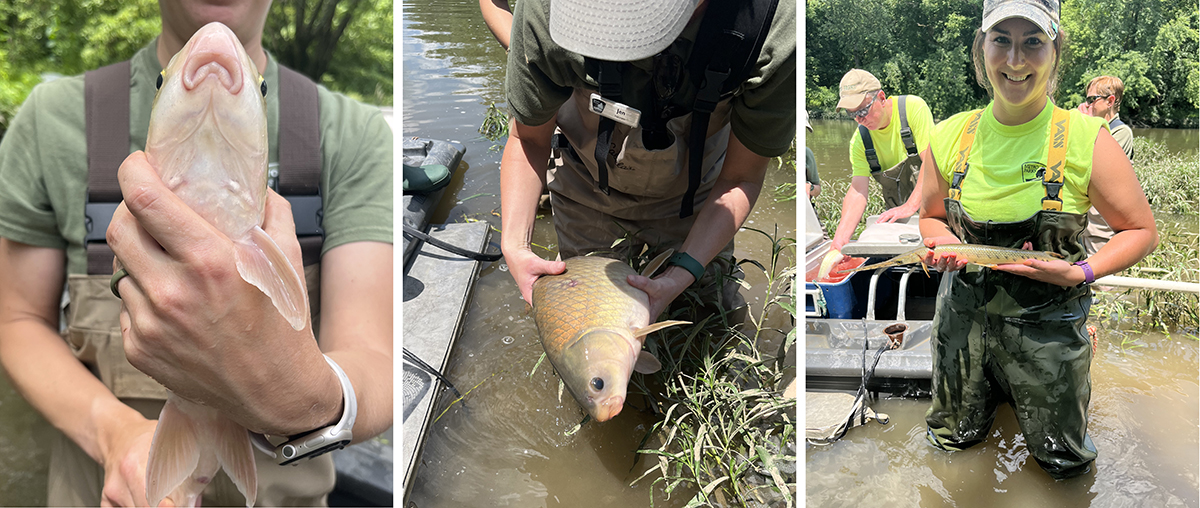
The Darby creeks are home to a variety of mussel species as well and occasionally mussels will be showcased in the nature center for short periods of time. Unfortunately they don’t do well in captivity as they need the fresh flow of new creek water, which contains the food that they siphon out. Mussel viewers can be used to survey the stream bed and find live mussels partially buried in the substrate.
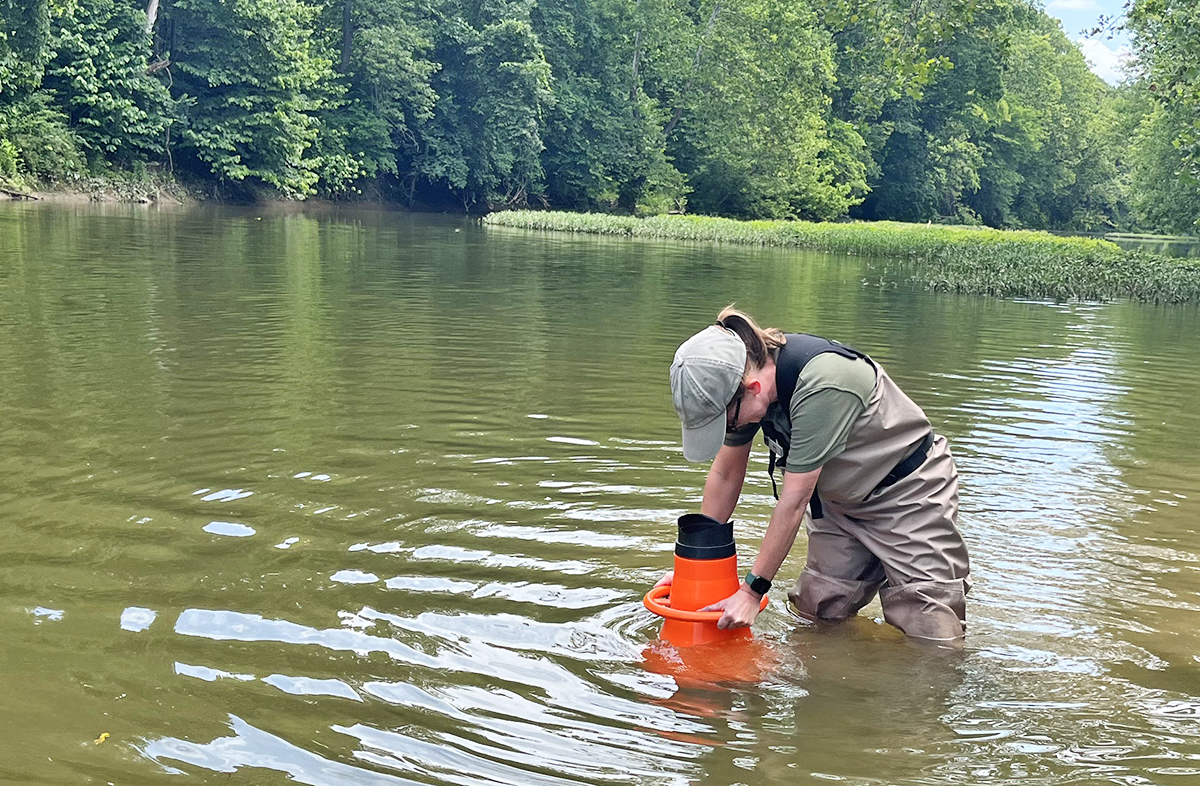
Regular surveys help us document how populations of mussels are doing and if they are increasing, decreasing or remaining stable. Our mussels are very sensitive to water quality and will be one of the first indicators that something has changed or if there is a pollution event or occurrence. They are the aquatic equivalent of a canary in a cave mine! Education of the public is an important step to help protect the creeks and promote better stewardship of our natural resources.
